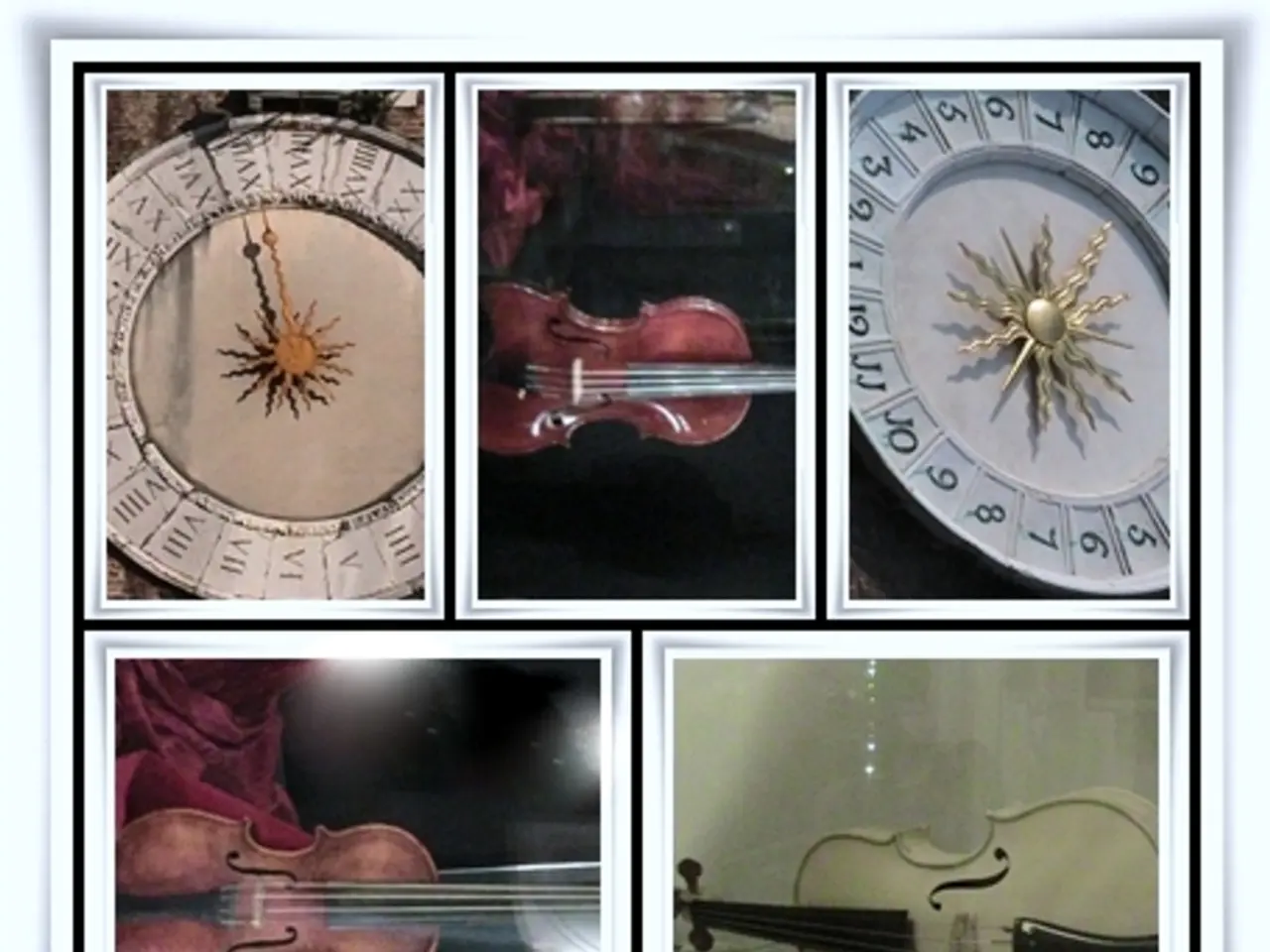Understanding Time Terms: Explanations and Distinctions
In the world of music, tempo is a crucial element that sets the pace and mood of a piece. One of the most commonly used languages to describe tempo is Italian, and understanding these terms can greatly enhance your musical appreciation.
One of the fundamental differences between two Italian tempo terms is Adagio and Allegro. Adagio means a slow, calm, and often emotional tempo, while Allegro denotes a fast, cheerful, and lively tempo.
Adagio typically indicates a slow pace, often slower than Andante but faster than Largo, suggesting a relaxed, expressive, and flowing feeling. On the other hand, Allegro indicates a fast tempo, lively and bright, often used to convey energy and excitement in a piece.
These terms are not exact beats per minute (BPM), but they represent general tempo ranges. For instance, Allegro has a metronome speed of 120-150, while Adagio is slower, with a speed of 60-80bpm.
Other Italian tempo terms include Moderato, which means "Little slower than allegro" and has a metronome speed of 100-120bpm. Larghetto is faster than Largo, with a metronome speed of over 60bpm. Allegretto or Allegro moderato means "Moderately fast" and has a metronome speed of 110-120.
Più Mosso or Moto translates to "more motion," indicating an increase in speed, while Meno Mosso or Moto means "less motion" for a slower pace.
Some terms, such as Precipitando (falling) or Affretando (hurrying), are used to speed up with a sense of urgency, while Ritenuto and Riten indicate becoming 'held' or 'held back', usually a more immediate or exaggerated way of slowing down.
Calando means gradually slowing down and softening, while Stretto is a term that usually relates to a fugue where entries of phrases start much sooner, creating a restless, breathless phrasing effect.
Stringendo indicates a gradual acceleration, adding excitement, and Doppio Movimento or Doppio Più Mosso means 'double movement' (twice the speed). Tempo changes are left to the discretion and interpretation of the performer.
Rallentando and Ritardando are instructions for slowing down, often used together (often Rall. Rit.), while Accelerando is the standard for speeding up. Calando means gradually slowing down and softening, and Lentando or Allargando are possible alternatives for slowing down.
Vivace and Vivacissimo mean "Lively, fast," with a metronome speed of 150 to the 170s. Piano tempo and tempo piano refer to the speed at which piano music is played, reflecting the emotional content of a piece.
Finally, Lento and Largo mean "Slowly," with a metronome speed of 40-60bpm. Comparing allegro vs. adagio, allegro is much quicker than the leisurely adagio. Similarly, comparing allegro vs. allegretto, allegro is faster, while allegretto is slightly slower. Allegro moderato speed suggests a moderate pace, not as fast as allegro but quicker than slower tempos like lent**.
Understanding these Italian tempo terms can help you appreciate the nuances of a piece of music and deepen your musical experience. Whether you're a musician or a music lover, these terms provide a universal language to discuss and enjoy music.
- A trial lesson in online-education platforms can help in learning the basics of music composition, where students can familiarize themselves with the rhythm and tempo, such as Adagio and Allegro.
- As a music enthusiast, education-and-self-development is enhanced through music appreciation classes, where you can learn about different Italian tempo terms like Allegro, Andantino, and Moderato, thereby improving your understanding and enjoyment of various genres.
- In addition to famous composers like Mozart and Beethoven, exploring lesser-known artists from the world of music can provide a rich learning experience through online-education resources, enabling you to discover new pieces with various tempos like Vivacissimo, Più Mosso, and Largo for entertainment and personal growth.




